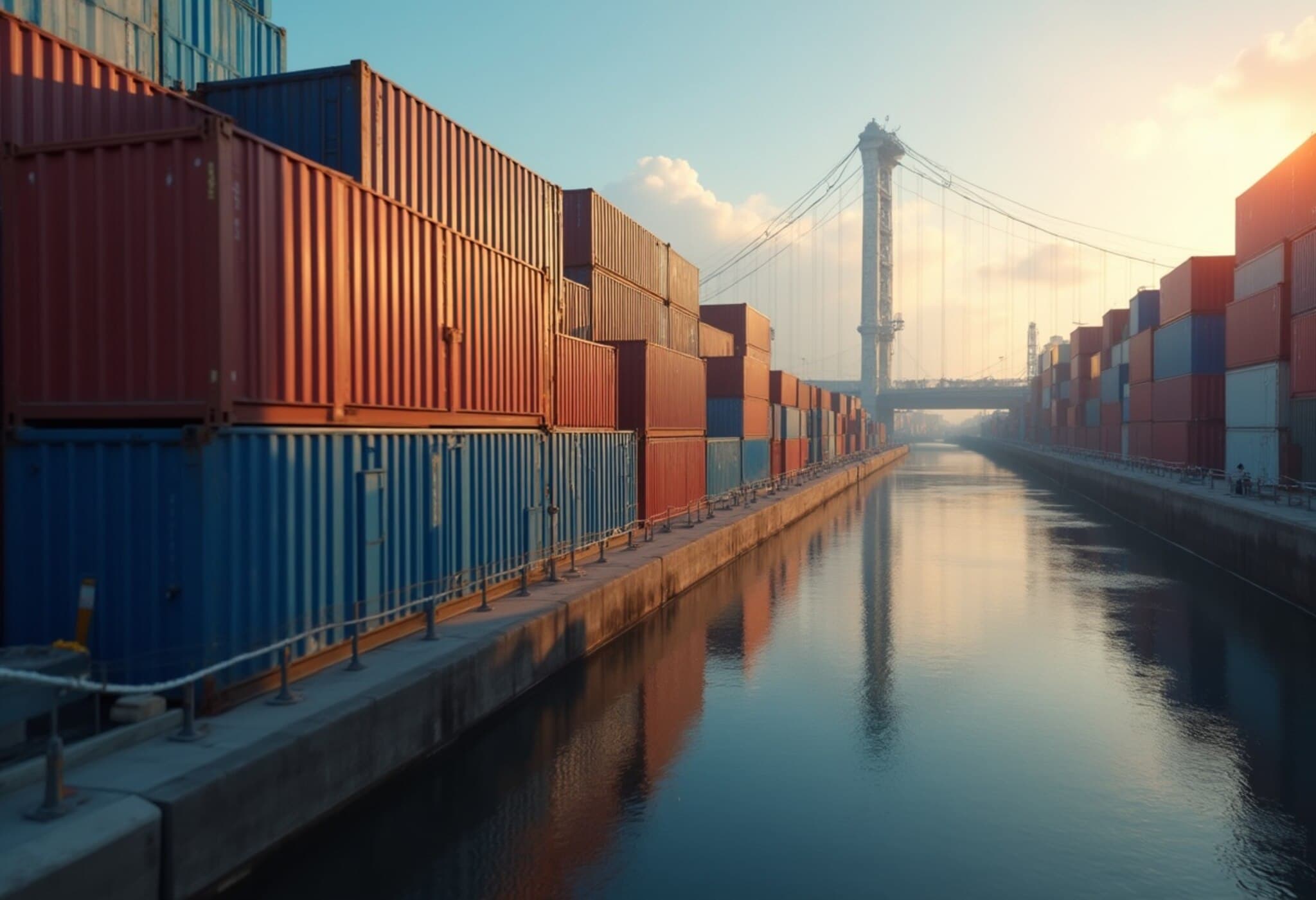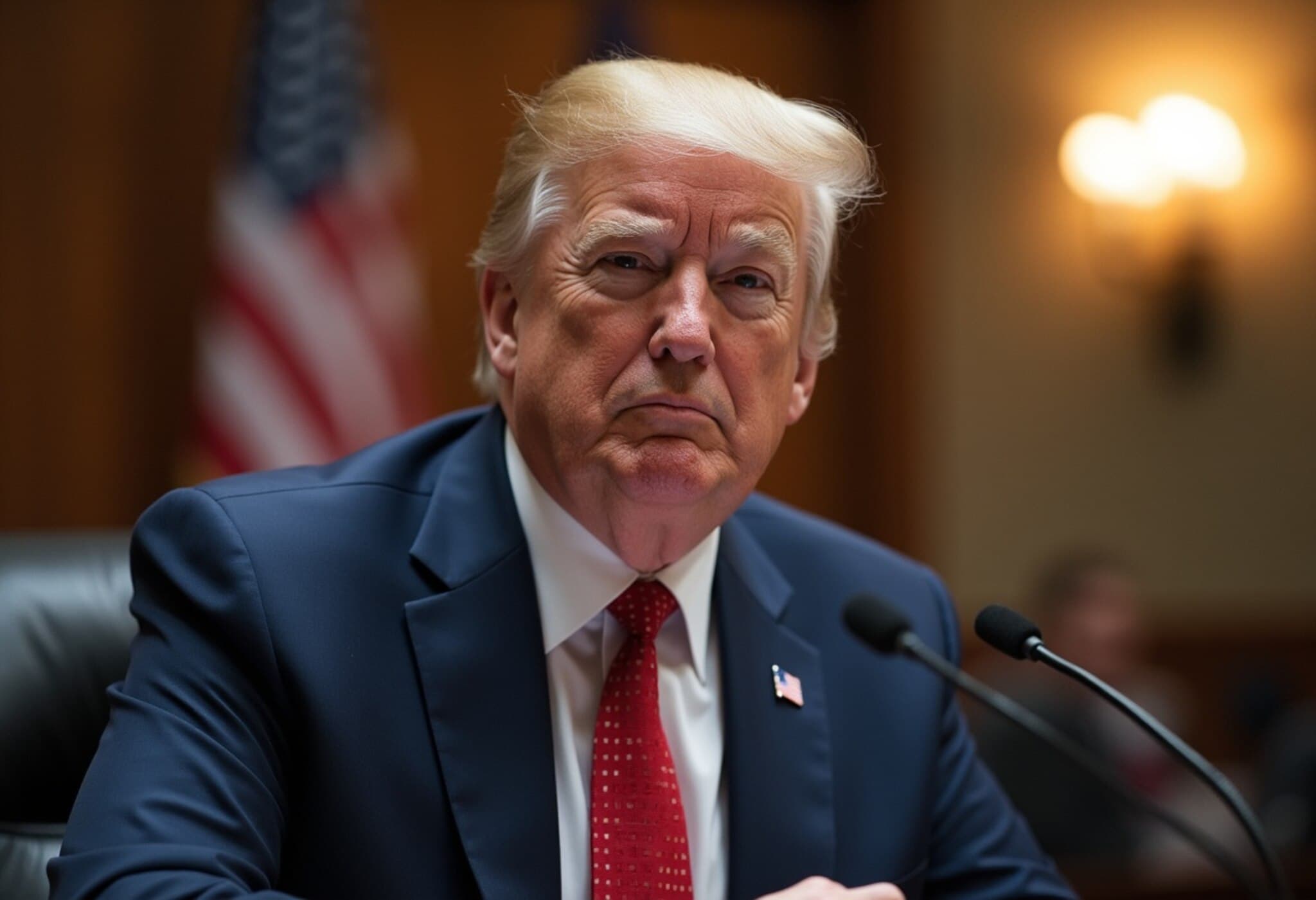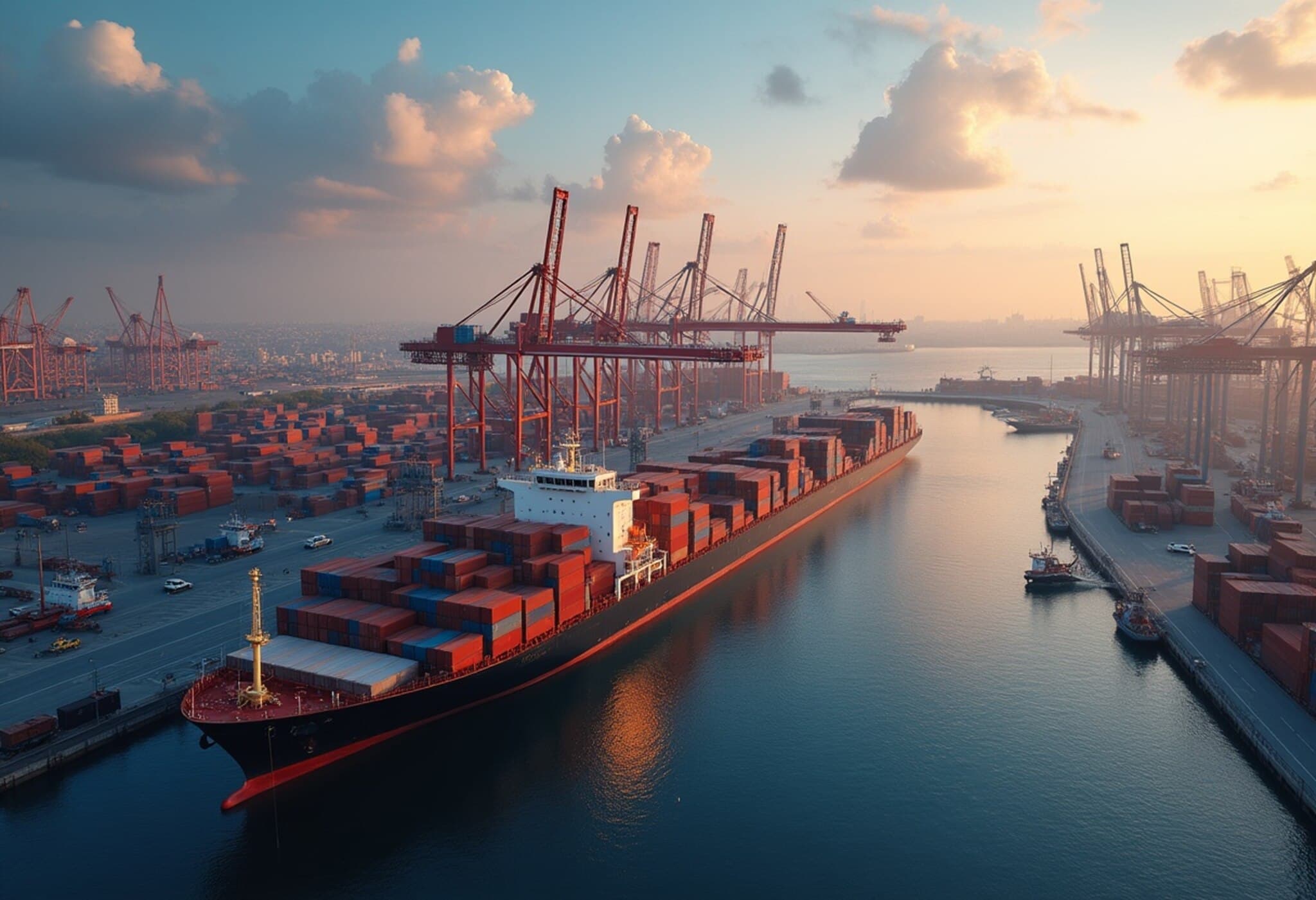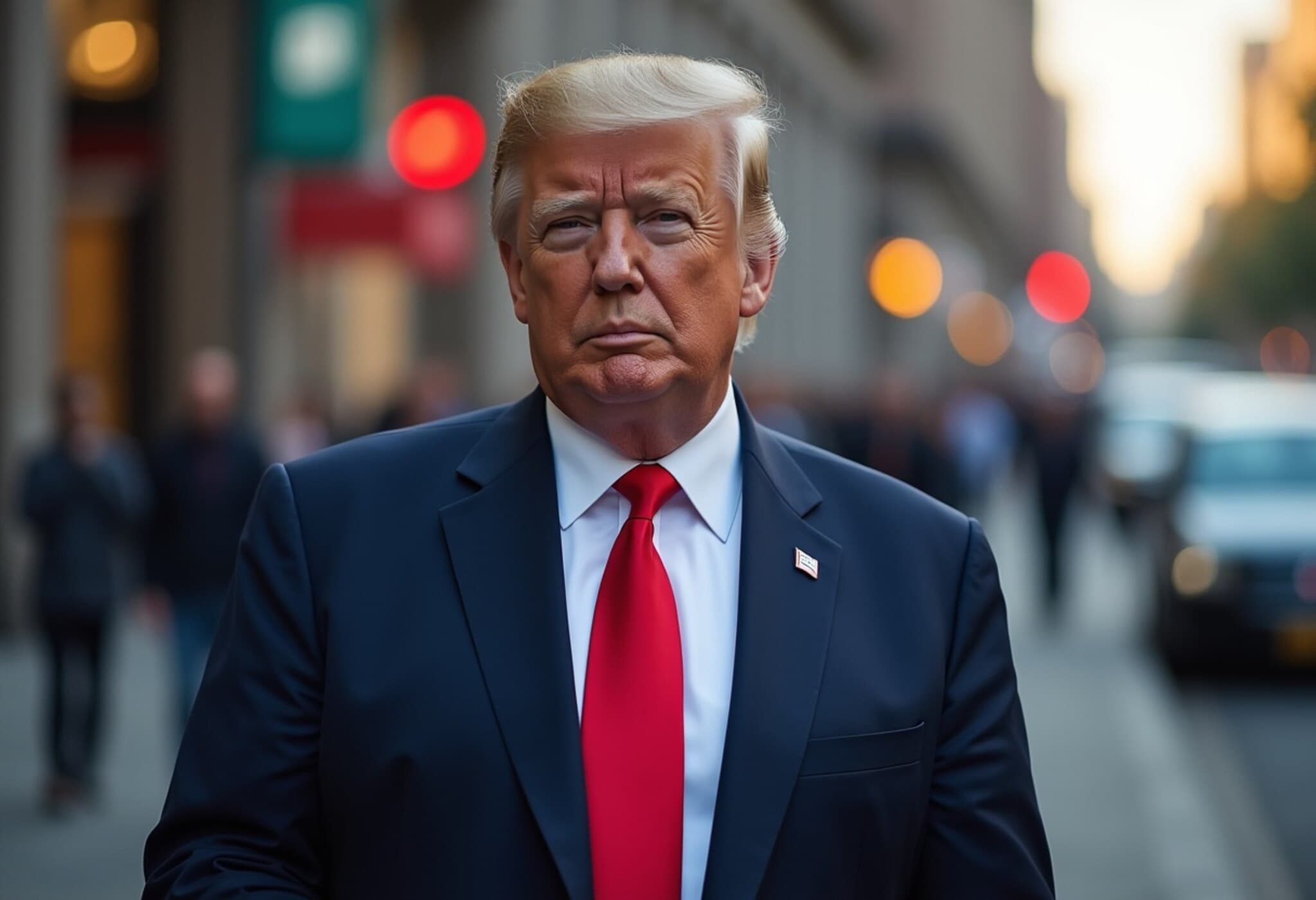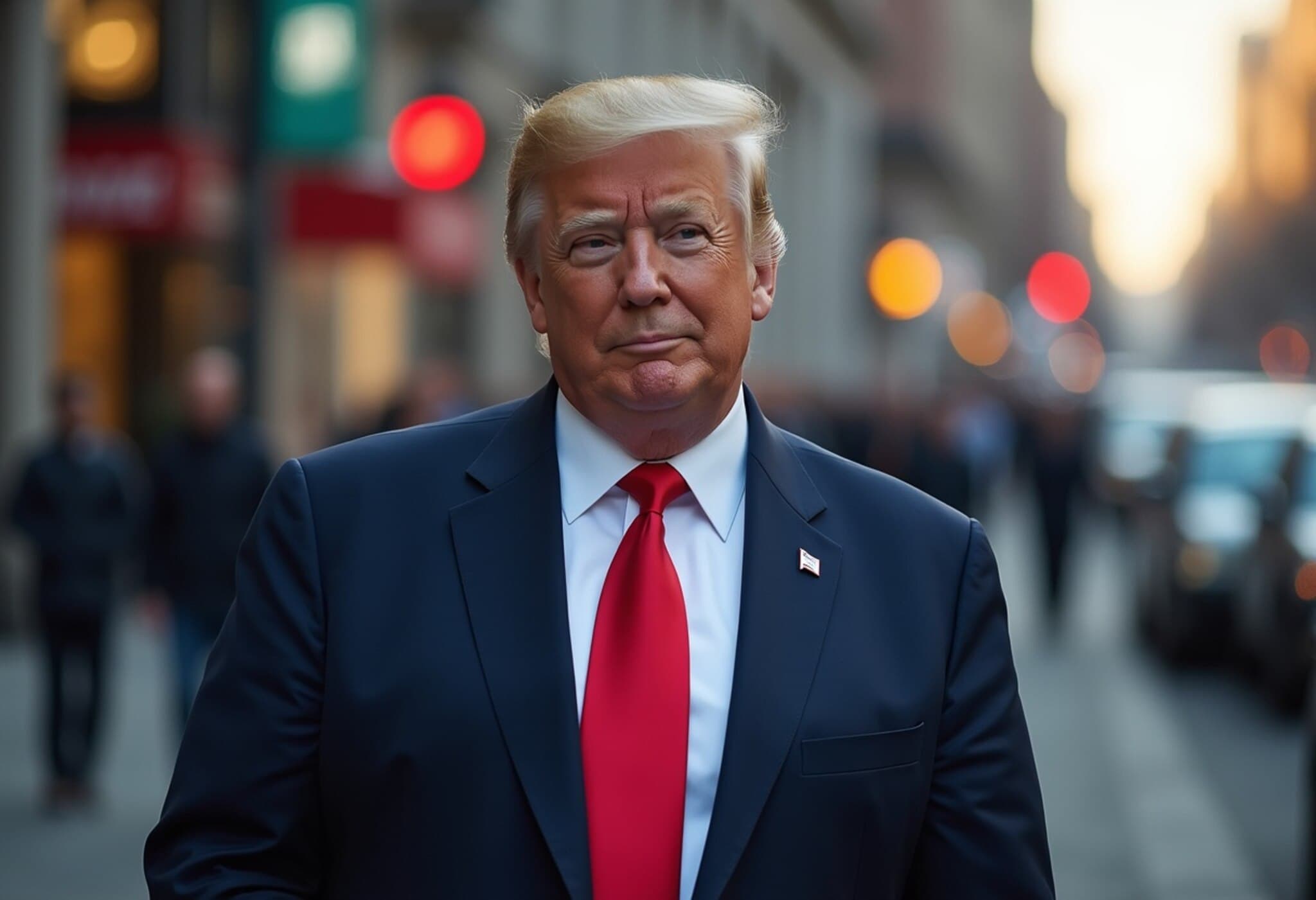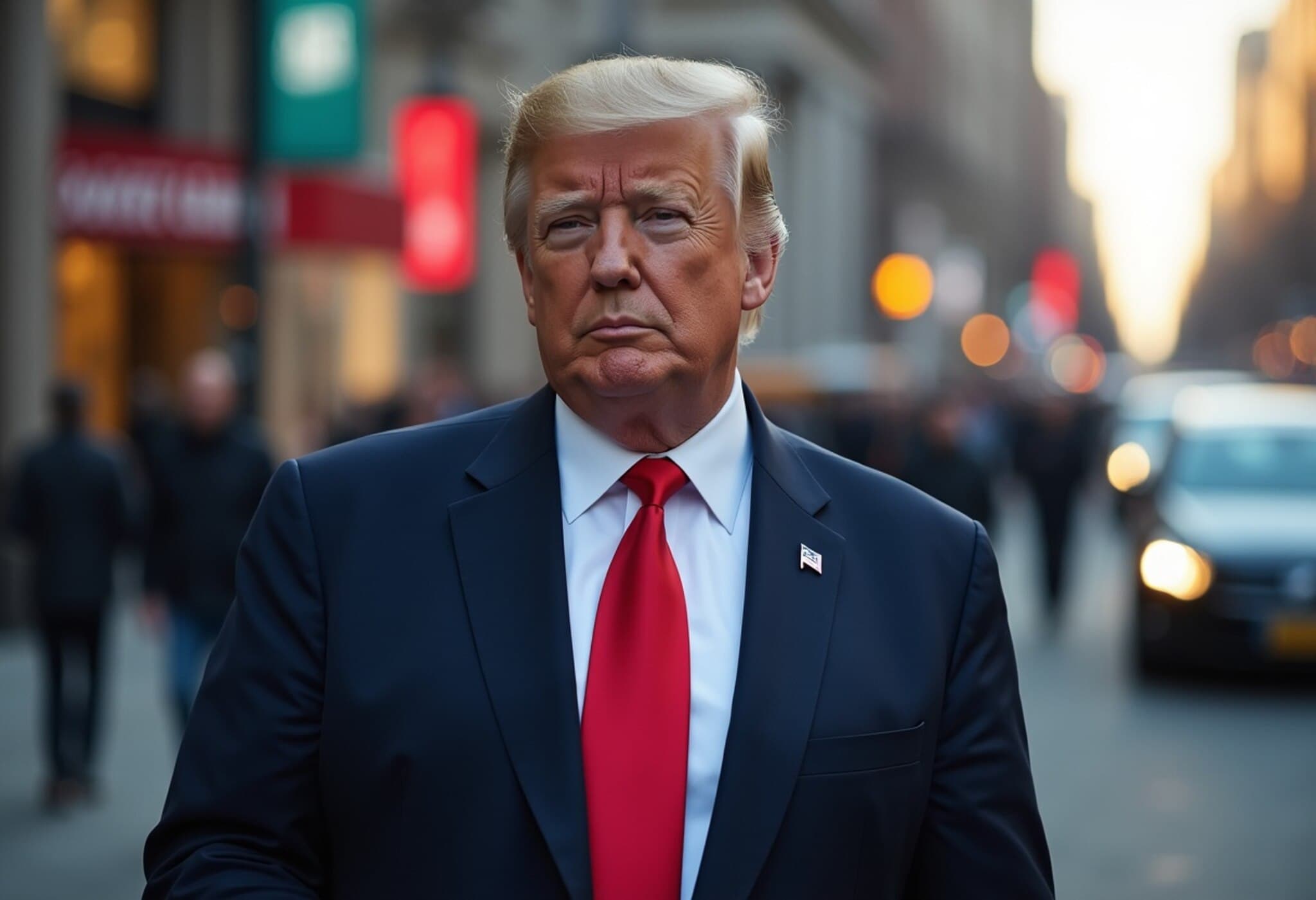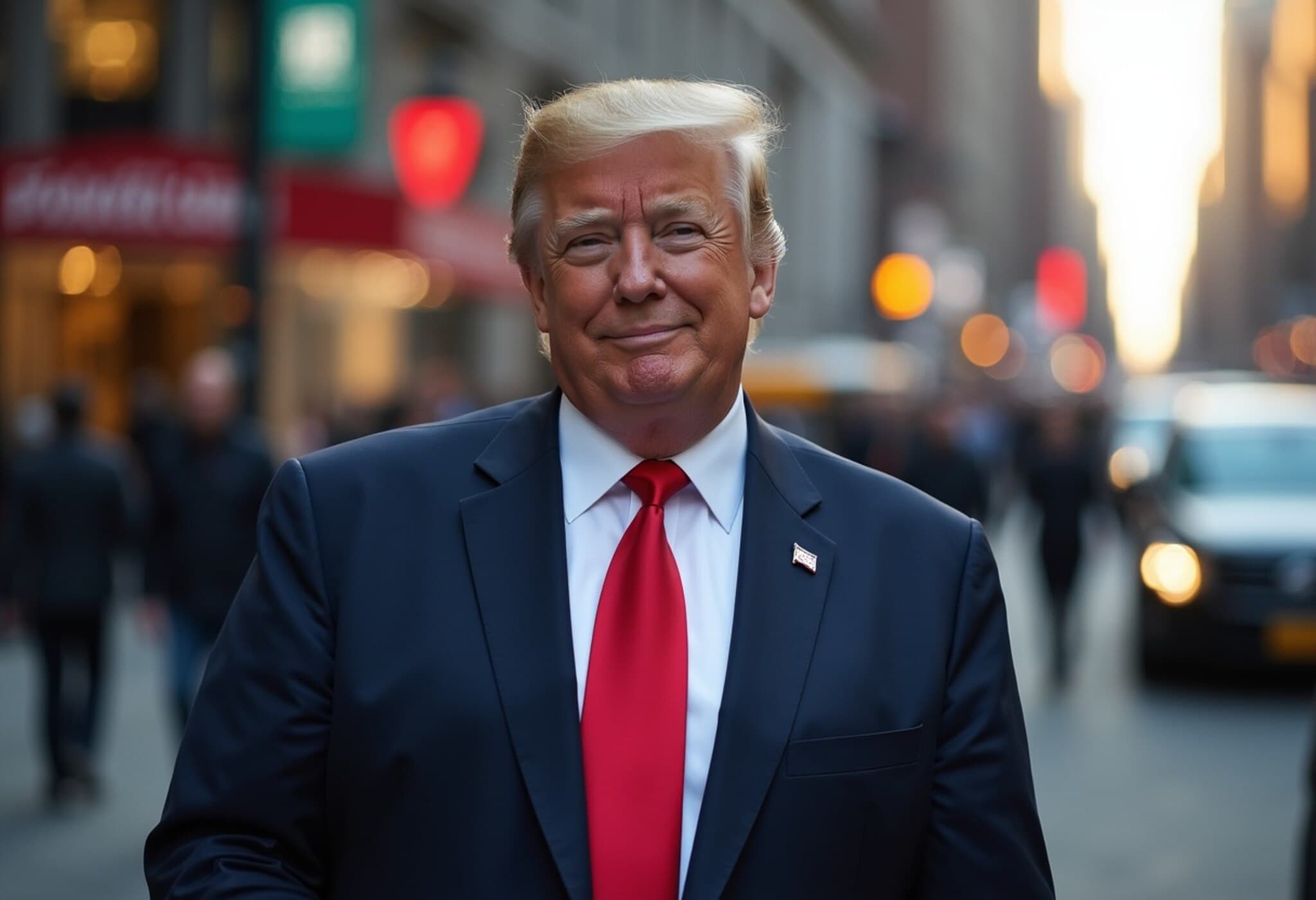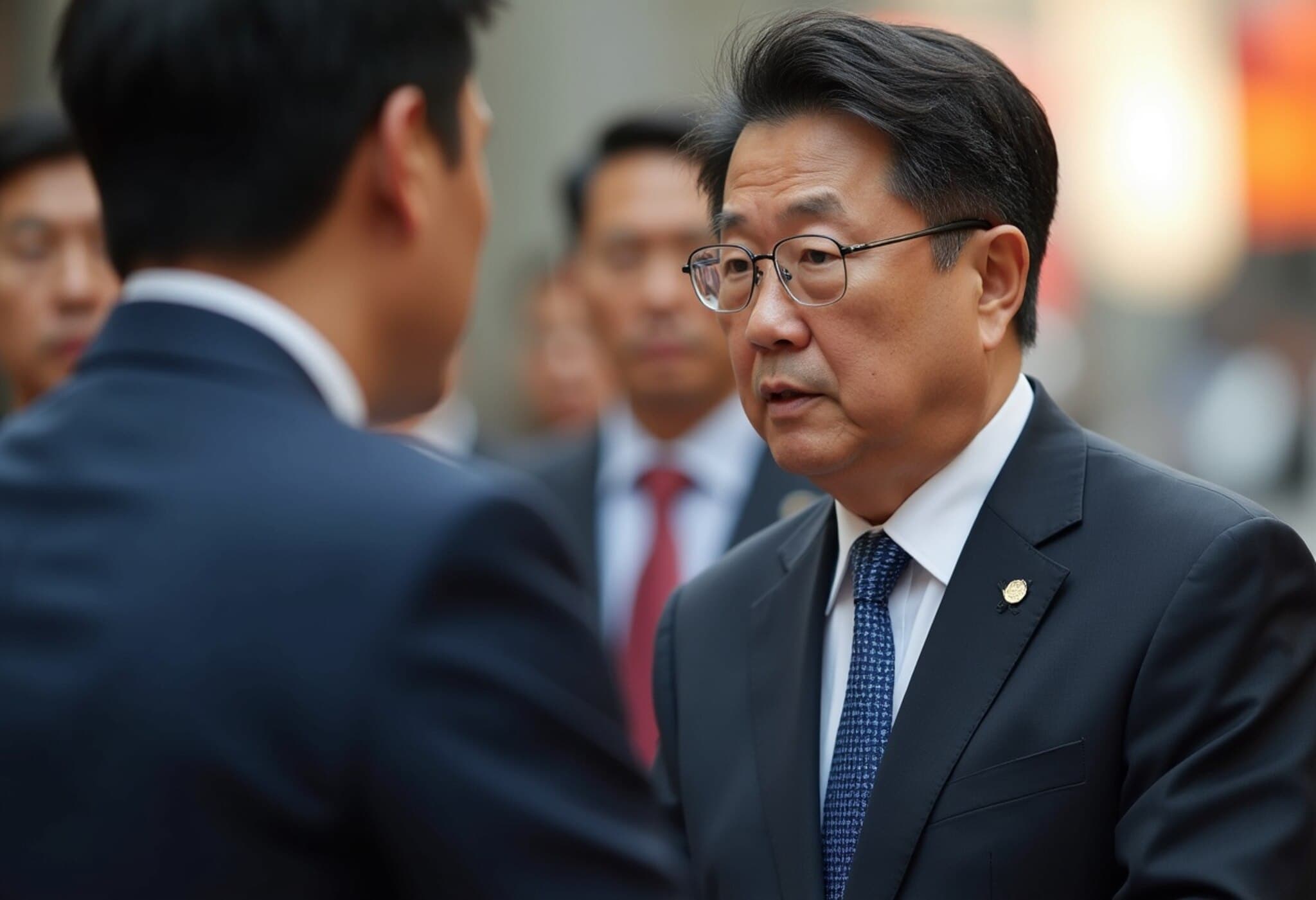Quiet Conflict: Growing Trade Frictions Between China and the European Union
While much of the global spotlight remains fixed on the ongoing U.S. tariff disputes, a subtler yet intensifying trade conflict is unfolding between China and the European Union (EU). Once perceived as a promising axis of economic collaboration, this relationship is increasingly marred by mutual suspicion, retaliatory trade measures, and competing industrial priorities.
Trade Disputes Taking Center Stage
Recent weeks have seen a rapid escalation of trade tensions between Beijing and Brussels. The EU’s decision to restrict Chinese firms from participating in public tenders for medical devices triggered a swift response from China: the imposition of import curbs on those very products. This tit-for-tat approach extends to other sectors, notably through Beijing’s enforcement of tariffs on European brandy imports, which came into effect earlier this month.
Marc Julienne, director of the Center of Asian Studies at the French Institute of International Relations (Ifri), sums up the mood: “What was once a domain of great opportunity and enthusiasm for the bilateral relationship has now become more about risks than opportunities.” Indeed, he characterizes EU-China relations today as "quite poor," signaling a dramatic shift from past optimism.
Deeper Structural Issues Fueling the Rift
The underlying causes of this tension run deeper than surface-level disputes. According to Grzegorz Stec, senior analyst at the Mercator Institute for China Studies and head of its Brussels office, the EU and China are charting "colliding trajectories" in trade and industrial policy.
- China’s overcapacity has created pressures to redirect exports towards Europe, exacerbating concerns over trade diversion.
- The EU’s imperative to protect its industrial base clashes with Beijing’s growing need to sustain export-driven growth amid slowing domestic demand.
This tension reveals a stark economic paradox: China’s need to offload excess production meets Europe's determination to safeguard strategic sectors from external competition, a dynamic increasingly fraught and challenging to reconcile.
The Shadow of U.S. Tariffs Looms Large
The imposition of U.S. tariffs under former President Donald Trump was initially expected to nudge China and the EU towards closer cooperation, united against what was widely perceived as economic coercion. Yet, that hoped-for synergy has failed to materialize. Instead, experts suggest Beijing feels emboldened by its recent trade negotiations with Washington, diminishing the incentive to align with the EU.
Jean-Marc Fenet, senior fellow at the ESSEC Institute for Geopolitics & Business, explains, "The need for a common front with the EU is therefore less necessary. The greater fear in Beijing now is that the EU might side with the U.S. on an anti-China stance in future trade talks." This tension reflects the complex triangular dynamics between the world's largest economies.
Weaponizing Trade: New Battlegrounds and Strategies
Trade disputes have increasingly become levers of geopolitical pressure. Beijing’s tariffs on European brandy, retaliation for EU levies on Chinese electric vehicles, act as a "weaponization" of trade, signaling a shift from economic competition to strategic bargaining. Add to this China’s earlier restrictions on rare earth exports—a crucial component for advanced manufacturing sectors such as automotive and defense—and the stakes clearly transcend simple market considerations.
A Murky Outlook: Escalation Rather Than Resolution
The outlook for a lasting resolution between China and the EU appears bleak. Experts foresee ongoing challenges:
- Trade overcapacity and diversion conflicts will persist, with China’s willingness to use export controls as leverage signaling future difficulties.
- EU’s push for strategic autonomy, including efforts to shield industries and technologies from foreign influence, runs counter to Chinese objectives of expanded trade and influence.
- Upcoming EU-China Summit scheduled for July 24th in Beijing is anticipated to be contentious, with little expectation of breakthrough agreements.
Fenet notes, "The European Commission has hardened its positions and increased its protectionist tools, making growing friction almost inevitable." The summit meeting between European Commission President Ursula von der Leyen and Chinese President Xi Jinping is watched carefully but with cautious skepticism.
Broader Implications for Global Trade and Policy
The simmering EU-China trade tension underscores larger questions about the future architecture of global economic relations. With both actors wielding expansive economic clout and technological ambitions, their rivalry may reshape supply chains, regulatory standards, and international trade norms.
For American policymakers, understanding this evolving dynamic is critical. The U.S. remains intertwined with both actors through trade and security ties. China's strategic partnership or rivalry with the EU could influence Washington’s approach to trade agreements, technology diplomacy, and geopolitical alliances.
Editor's Note:
The escalating trade tensions between China and the European Union represent a complex, multifaceted challenge that blends economic competition with geopolitical strategy. As these two giants navigate their clashing priorities, the risk of prolonged trade conflicts grows, impacting global supply chains and diplomatic relations. Readers are encouraged to watch closely how the upcoming EU-China Summit unfolds and to consider its ramifications beyond economics—touching on security, technological innovation, and international cooperation.





